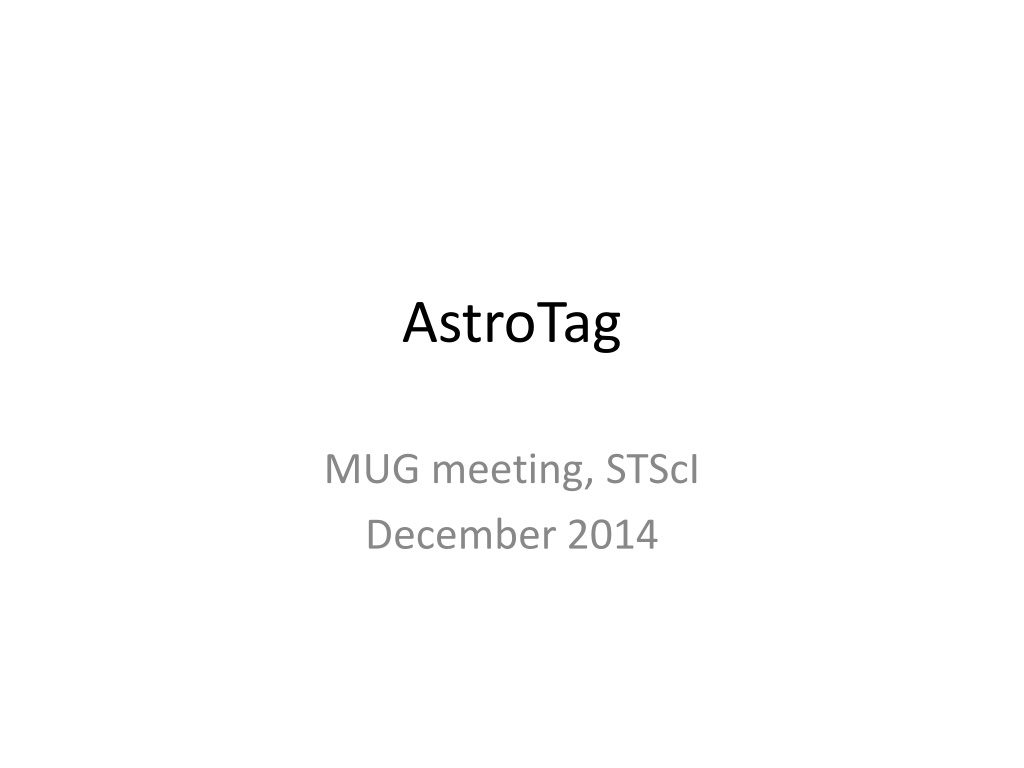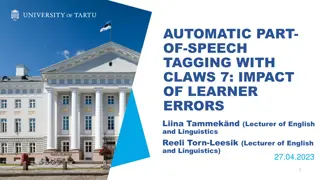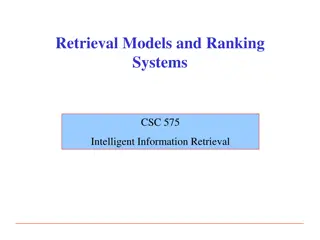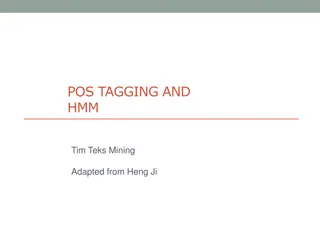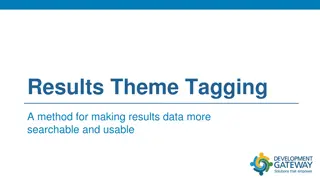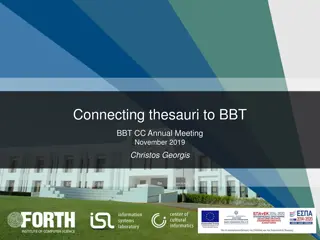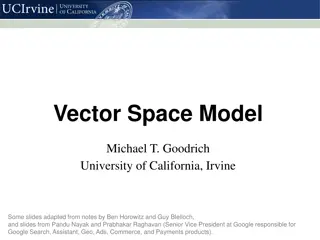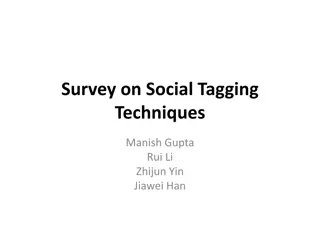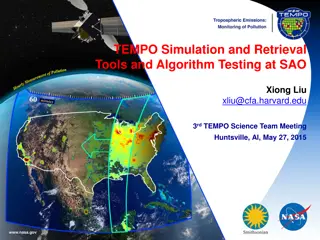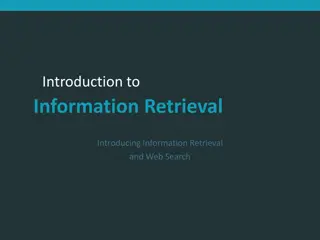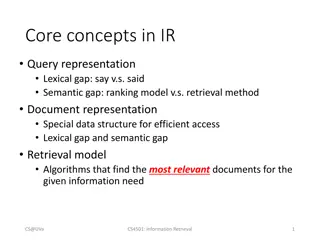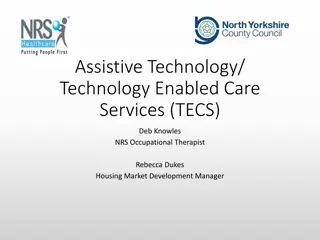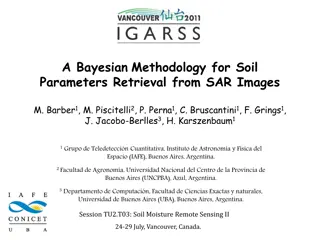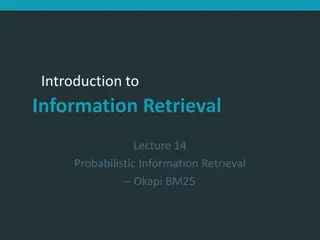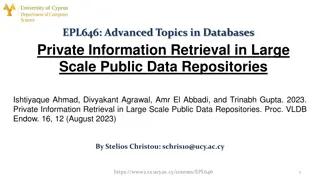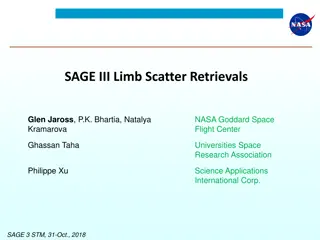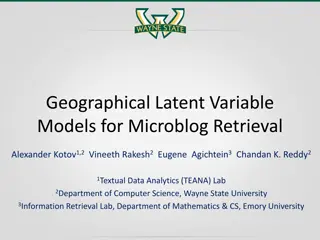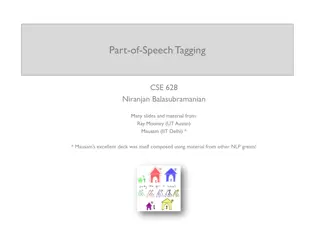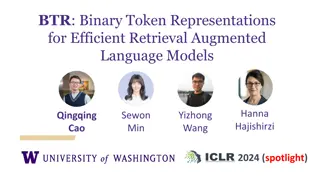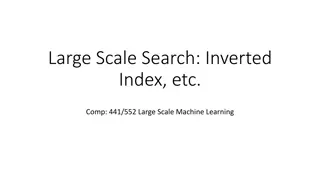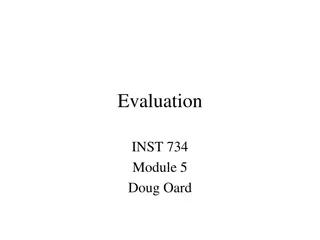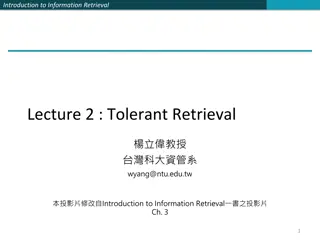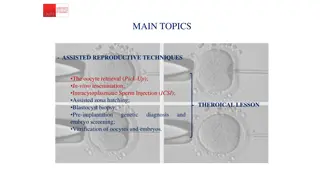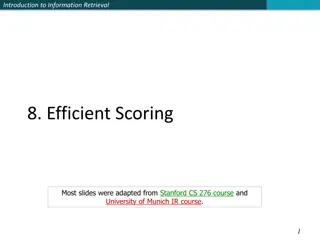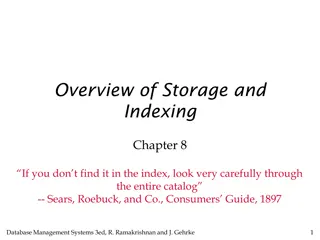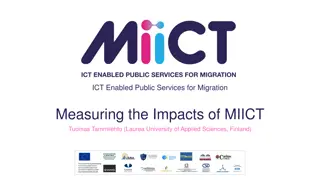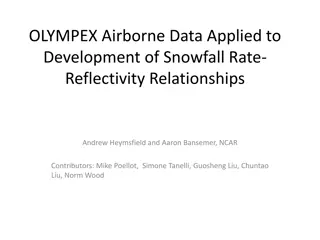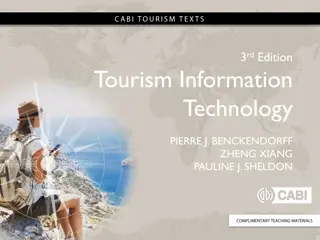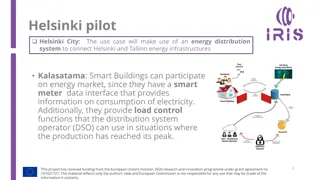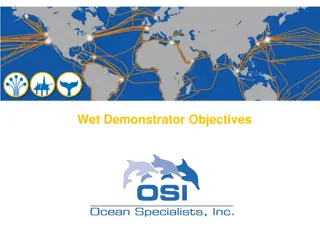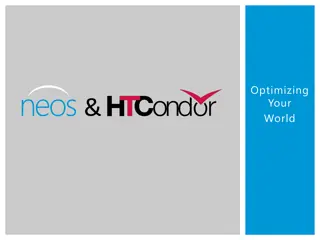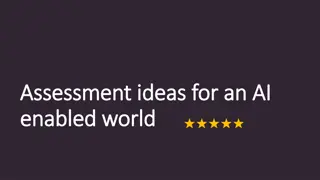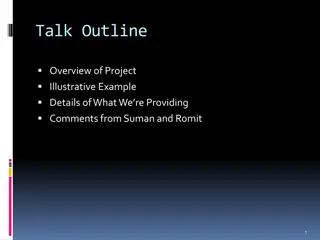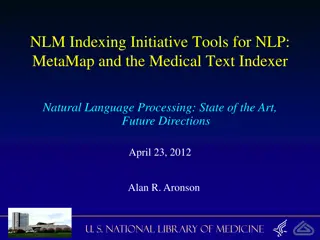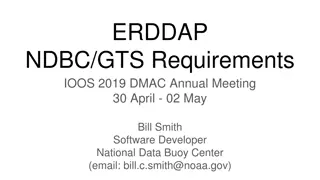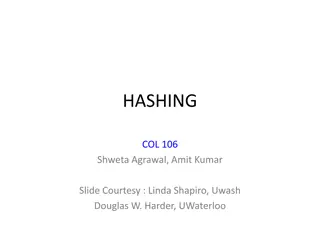Enhancing Data Organization and Retrieval through Thesaurus-Enabled Tagging
Explore the significance of data tagging and association with concepts using a thesaurus. Learn about the benefits of tag hierarchies, concept relationships, and customized data delivery options. Discover how automated and manual associations between data sets and papers can streamline research processes.
Download Presentation

Please find below an Image/Link to download the presentation.
The content on the website is provided AS IS for your information and personal use only. It may not be sold, licensed, or shared on other websites without obtaining consent from the author. Download presentation by click this link. If you encounter any issues during the download, it is possible that the publisher has removed the file from their server.
E N D
Presentation Transcript
AstroTag MUG meeting, STScI December 2014
Data Tagging Storing associations between data sets and tags (words/phrases) IPPPSSOOT <=> {w_1, w_2, , w_n} Tags have meaning Identify types of objects within a data set E.g. Dwarf irregular galaxies Identify data related to a particular area of study E.g. Galaxy interactions, galaxy formation
Tagging from a Thesaurus Tagging with concepts Multiple labels in multiple languages can be used to express the same concept Concept labels can change without changing concept/data set relations (& v.v.) Relationships between concepts add additional meaning Broader term (BT), narrower term (NT), related term (RT), others
http://www.mso.anu.edu.au/library/thesaurus/english/GIANTSTARS.htmlhttp://www.mso.anu.edu.au/library/thesaurus/english/GIANTSTARS.html
Generating Associations Concept labels <-> Papers <-> Datasets Automatic matching of labels with papers/proposals Manual association of papers with data sets Catalogs Type, morphology, etc. User input (APT, etc.)
Thesaurus-enabled Features Hierarchical browsing Search (with browsing) Result Filtering Breadcrumbs Tag clouds * Customized data delivery * Topic ranking for data sets through citation mining.
Choosing a Tag Set Shape of tree: Top-level terms Depth Poly-hierarchy Are the right concepts with the right labels available? Astroparticle physics vs. Particle astrophysics What level of the concept tree do we tag at?
The UAT Unified Astronomy Thesaurus (astrothesaurus.org) Community authored/edited thesaurus, was maintained by CfA, but is now maintained by AAS Combines IVOAT, PACS, journal keywords Creative Commons Licensed
UAT Continued Pros 15 top-level terms (easy to browse) Community buy-in Web standards (SKOS/RDF) Caveats Not necessarily designed with tagging and search in mind Sometimes consensus means slow to change Combining RDF and relational data can be tricky
Thesaurus Evaluation UAT IVOAT # concepts/labels 1909 / 3017 2890 / 3531 Max label length 8 unidentified sources of radiation outside the solar system 6 low mass x-ray binary star Found papers/progs 99.1% / 87.3% ~100% / 99.2% Not found papers/progs 458 / 1200 4 / 74 Not found concepts/labels 433 (22.7%) / 969 (32.1%) 548 (20%) / 745 (21.1%)
Next Steps Expanding vocabulary for search Focusing on missing labels, not structure How best to share data, collaborate/merge with UAT Tagging and search model
Open Questions Accuracy Human / machine error will create bad associations. How harmful is a misidentification of a type X object? Completeness Not everything will be tagged. How useful is a partial list of type X objects? Provenance How best to provide the source of tags for a data set? E.g. The list of papers containing the tags / and data set associations.
Thanks! sweissman@stsci.edu
